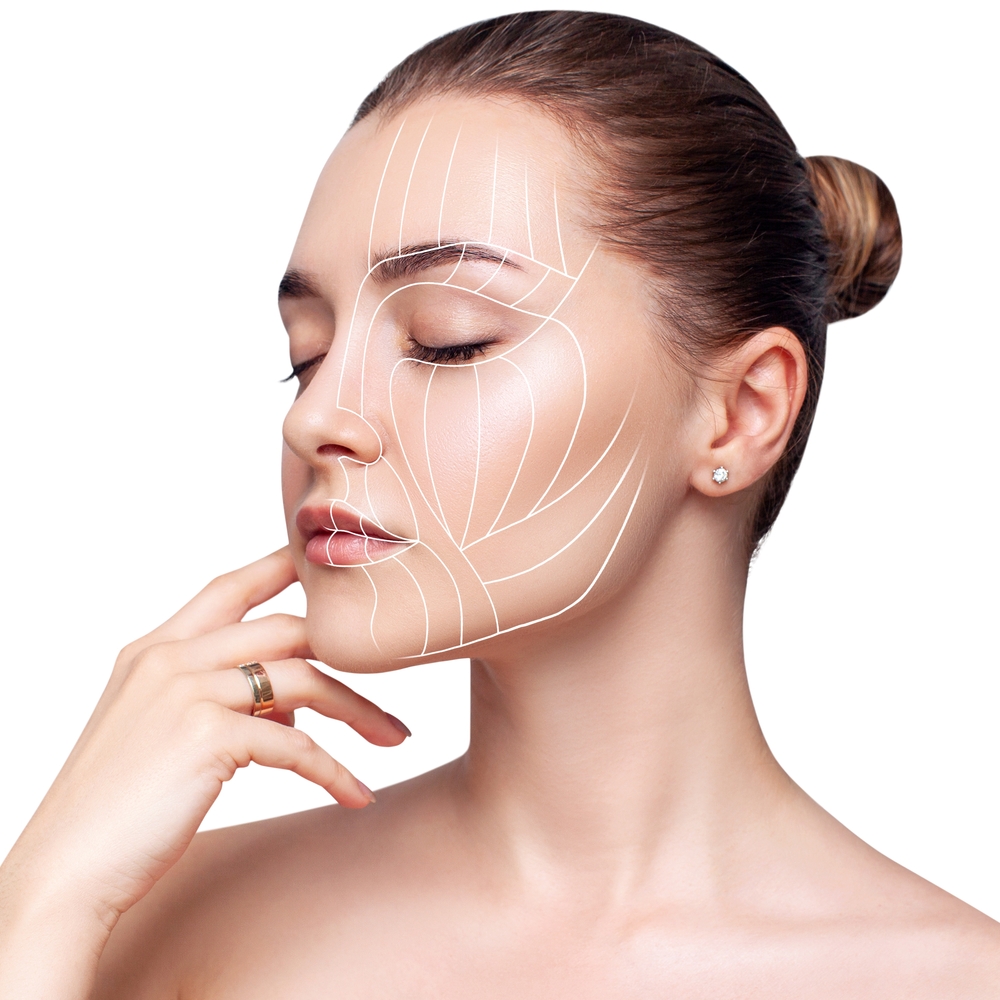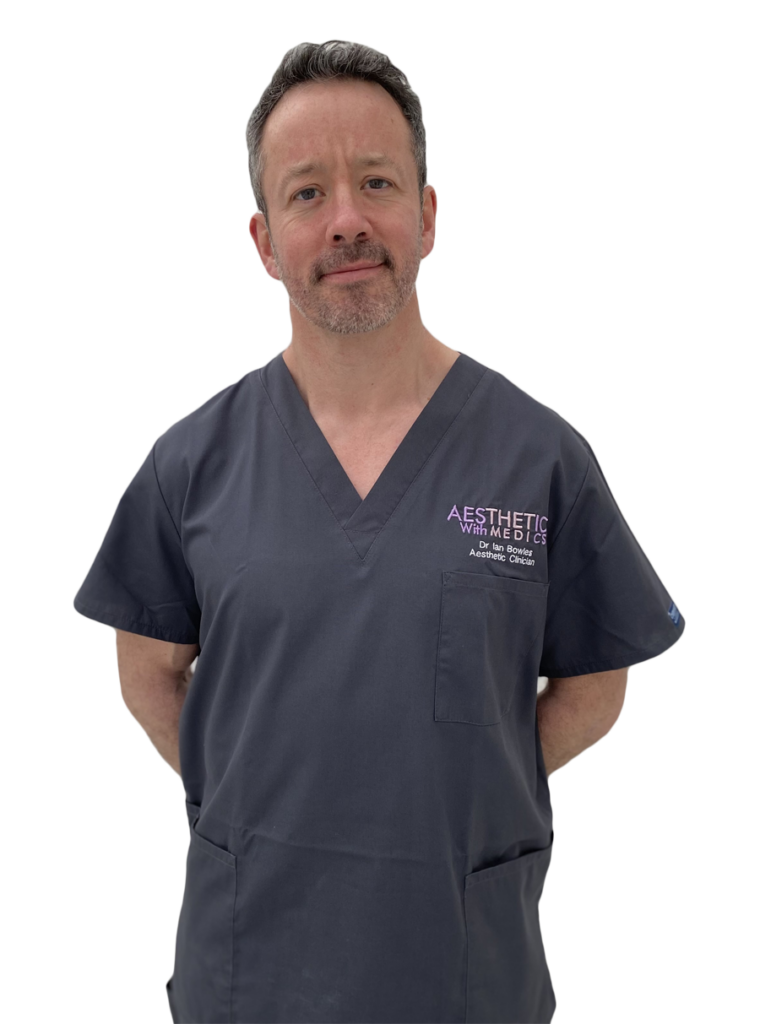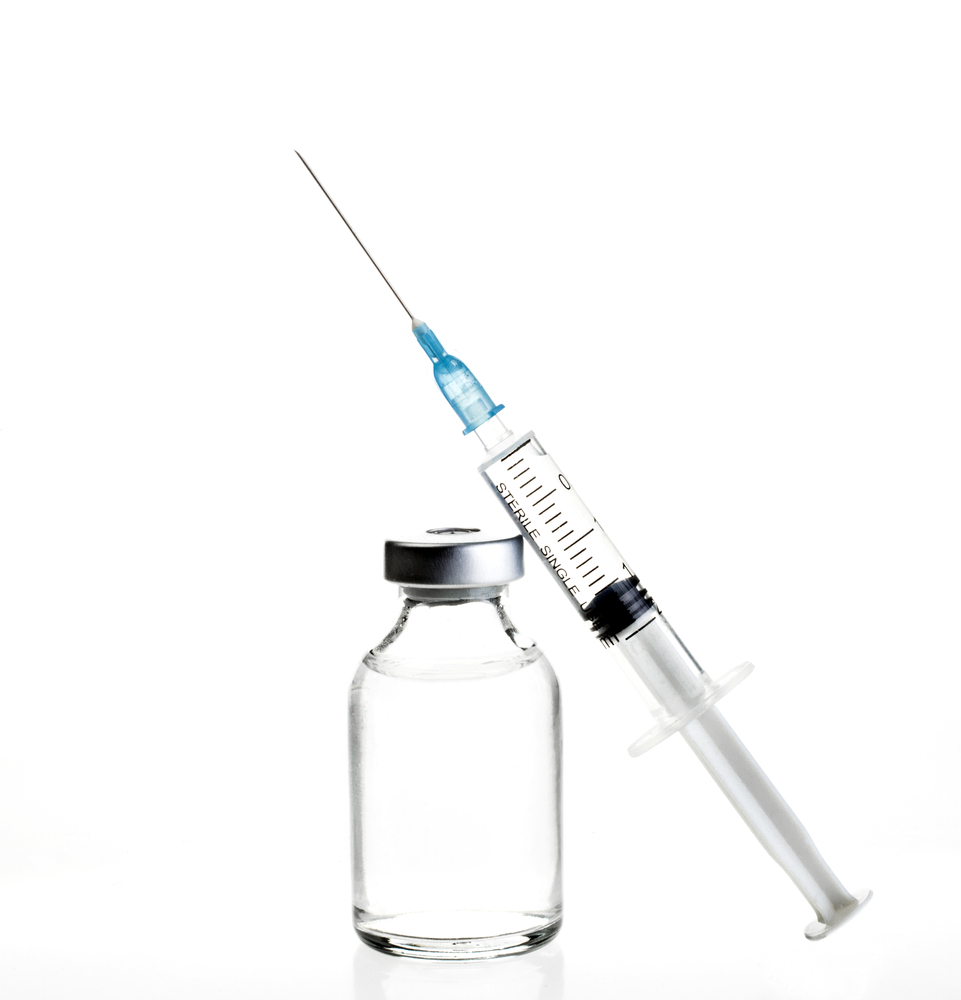DERMAL FILLER TREATMENT
Dermal Fillers in Birkdale
Dermal fillers are a sterile gel consisting of non-animal, stabilised hyaluronic acid and a local anaesthetic called lidocaine. Hyaluronic acid is a sugar chain molecule, naturally occurring in the skin and throughout the body. The sterile gel is injected into the skin to correct facial lines, wrinkles and folds and to lift and enhance facial structures such as the lips and cheek tissues.
Once placed, a Dermal Filler should provide 6-18months of support to the tissue to which it has been applied. The actual time depends on the brand of filler used, the volume used, where it is placed and the viscosity (the amount of ‘lift’ it provides) of the gel.
Treatment is available to most patients. General exceptions are patients with cold sores or poorly controlled skin infections such as acne. Poorly controlled auto-immune conditions can lead to an increase in inflammation around fillers leading to nodule formation. Each case and patient’s medical history is unique and therefore a pre-treatment consultation is essential prior to dermal filler placement.

Things to consider prior to undergoing Filler treatment
- It is recommended that patients refrain from taking Aspirin, Ibuprofen, alcohol,l dietary supplements of St.John’s Wort, fish oils, ginkgo supplements, Vitamins C and E in the 24 hours prior to treatment.(Increased bleeding and therefore bruising can result if these products are consumed prior to treatment.)
- Mild swelling and some bruising is normal. The area where the Dermal filler has been placed will feel fuller and tighter for a few days. Swelling can be reduced with a cold-pack and bruising should peak after three to four days and then begin to fade.
- It is normal for there to be an area where the Filler might feel ‘lumpy’ or there is a slight asymmetry. All cases will be reviewed at two weeks and massage and re-application of Filler will be used to correct any issues.
Once treatment has been completed you will be given written advice on how to look after yourself in the coming days. In short, avoid excessive alcohol, sun-bathing and vigorous exercise for 14 days after treatment. Patients should contact the clinic if they experience ongoing or worsening pain or swelling from the injected tissue.
Is Filler Treatment Safe?
Dermal fillers are safe, but not risk free, we will discuss all the risks and benefits with you at consultation and again prior to treatment. Dermal Fillers should be administered by a healthcare professional with specialist training. Side effects include, but are not limited to;
- Pain or stinging sensation when the injection is performed, although an anaesthetic cream or injection can be given to reduce these symptoms. In addition, most dermal fillers now contain an anaesthetic, lidocaine, to eliminate any discomfort.
- Localized swelling, redness and tenderness
- Bleeding at the sites of injection
- Bruising. Rarely, bruising may be severe and may persist for several weeks.
- Numbness or itching of the area following injection.
Common side effects are expected to resolve spontaneously, within the first few days of treatment. Whilst not expected, it is possible that reactions described may persist for longer than expected and may inhibit your confidence to attend work or social events. You are advised to schedule treatment with this in mind, allowing time for common reactions such as bruising and swelling, to settle.

Rare Side Effects Associated with Dermal Filler Injections
- There always exists the possibility of Dermal Filler blocking a blood vessel (small artery). Whilst the risk of this occurring is extremely low, it must be recognised that each treatment carries this risk. A blocked blood vessel is known as a Vascular Occlusion (VO) and can , if left untreated, lead to tissue necrosis and even permanent visual impairment (blindness). In the unlikely event of a blockage occurring, the Dermal Filler will be dissolved using a solution of Hyaluronidase which is injected into the blockage and surrounding tissue. This restores the blood flow to the tissue and removes the Dermal Filler. This prevents tissue damage and necrosis. Dr Bowles will discuss the issues of Vascular Occlusion at your consultation.
- Allergic reaction is also a rare but possible outcome. Your consultation will highlight to Dr Bowles if there are any parts of your medical history that may predispose you to an allergic event from Dermal Fillers


